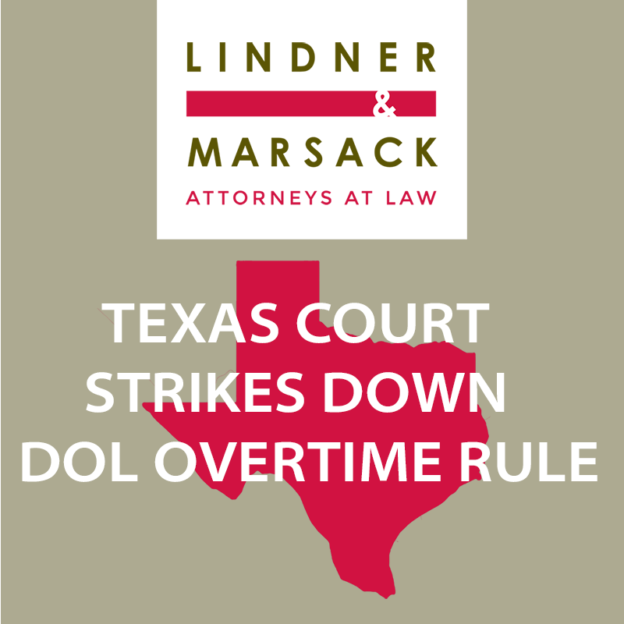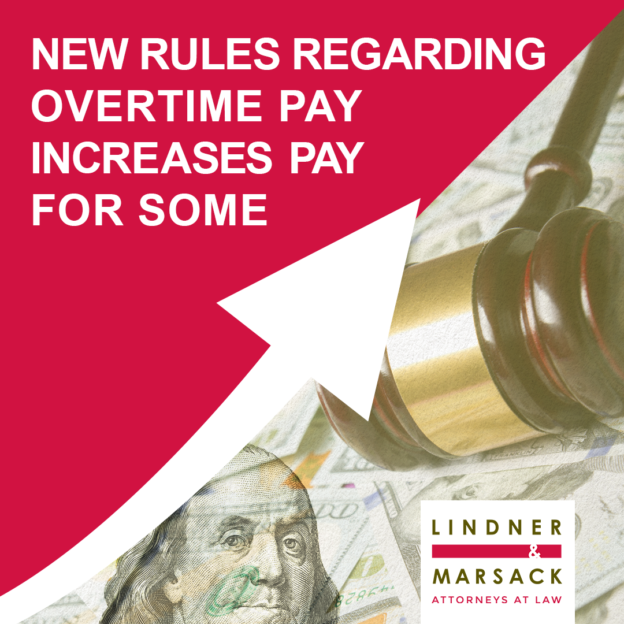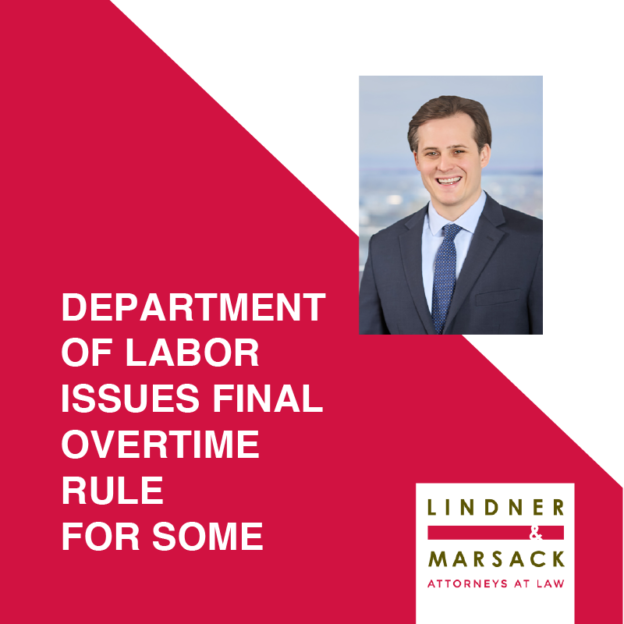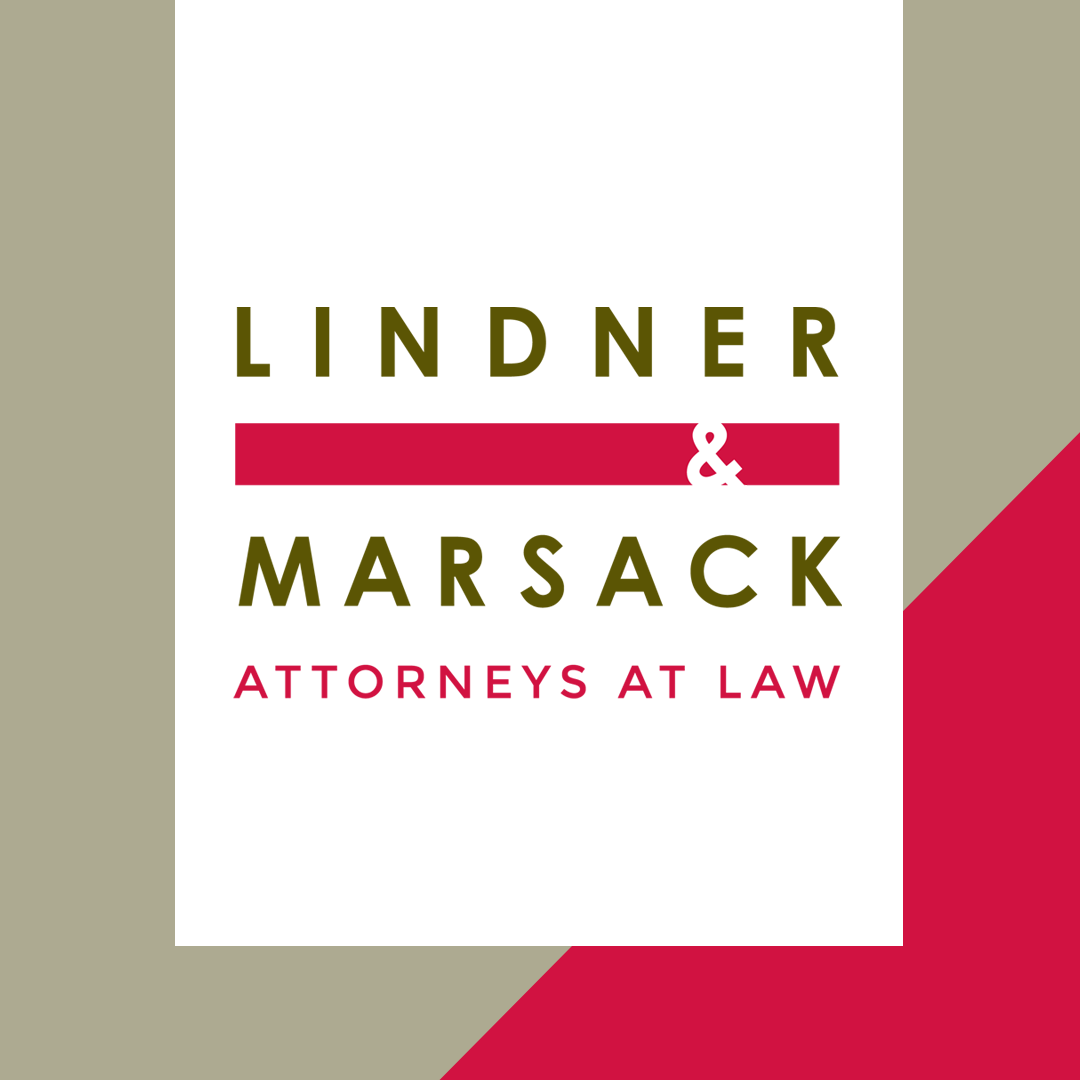By: Oyvind Wistrom Late last week a federal district court in Texas struck down the Department of Labor (DOL) rule that was set to increase the salary thresholds again for exempt white-collar executive, professional and administrative employees (EAP) under the Fair Labor Standards Act (FLSA). The court ruling not only impacts the salary increase scheduled […]




